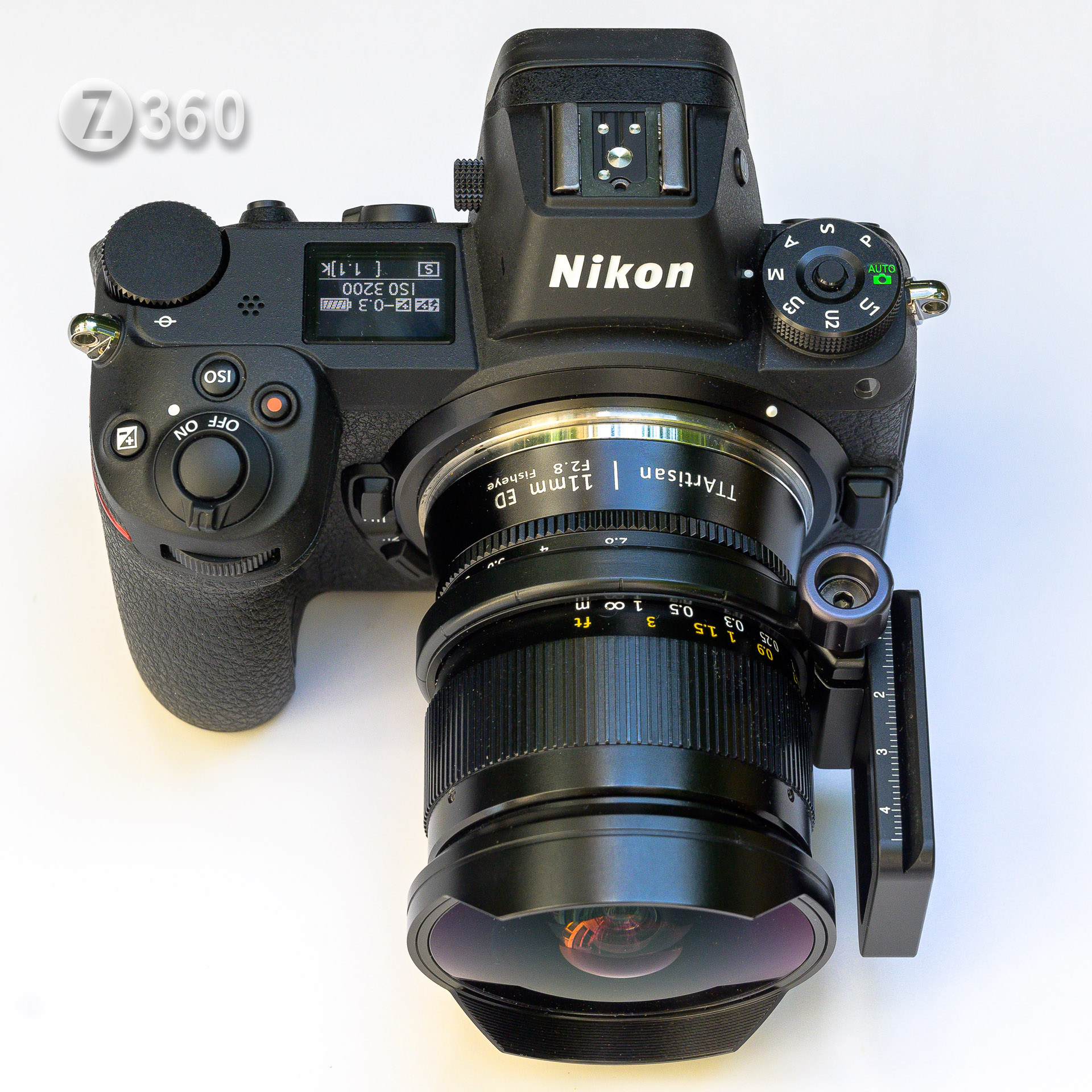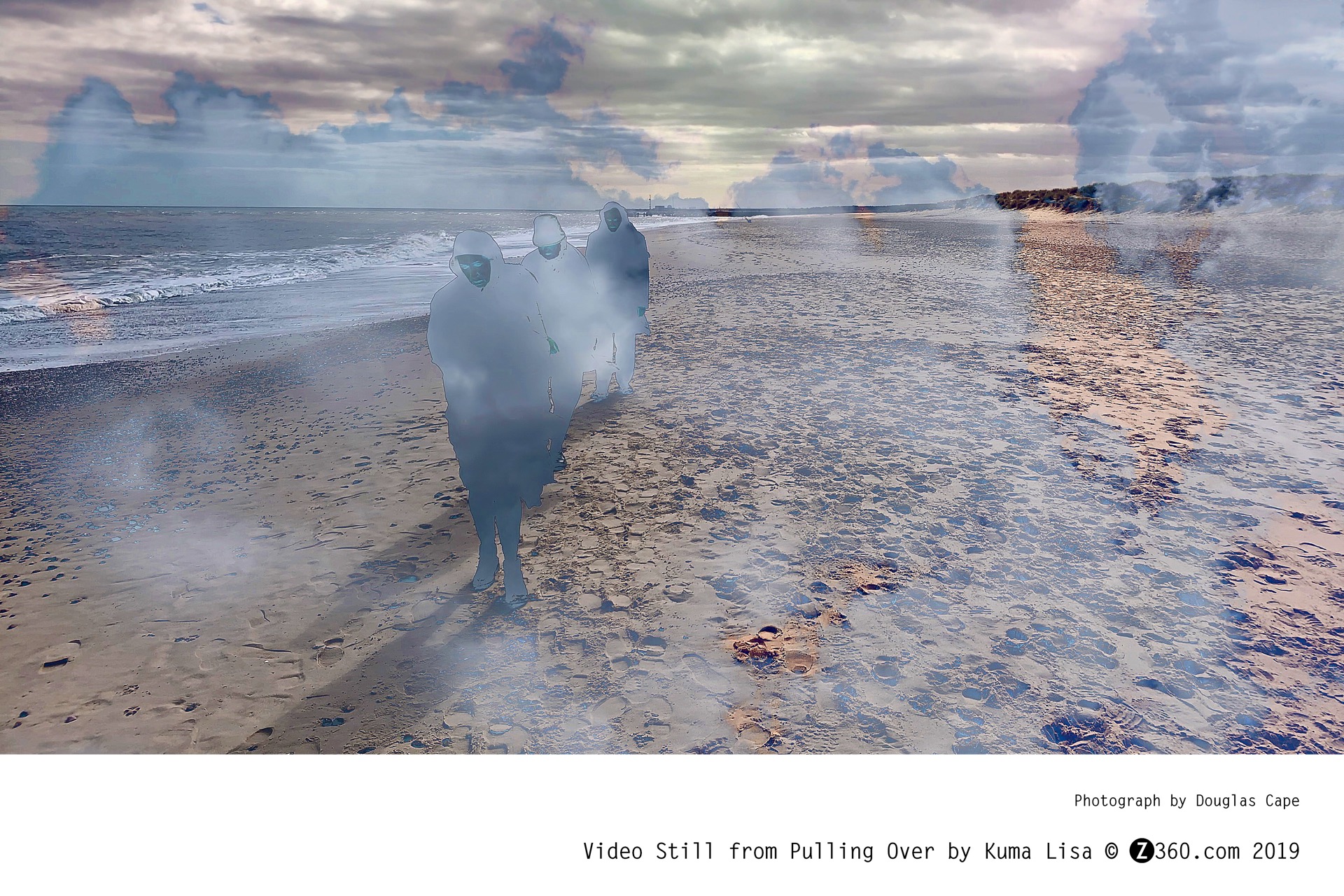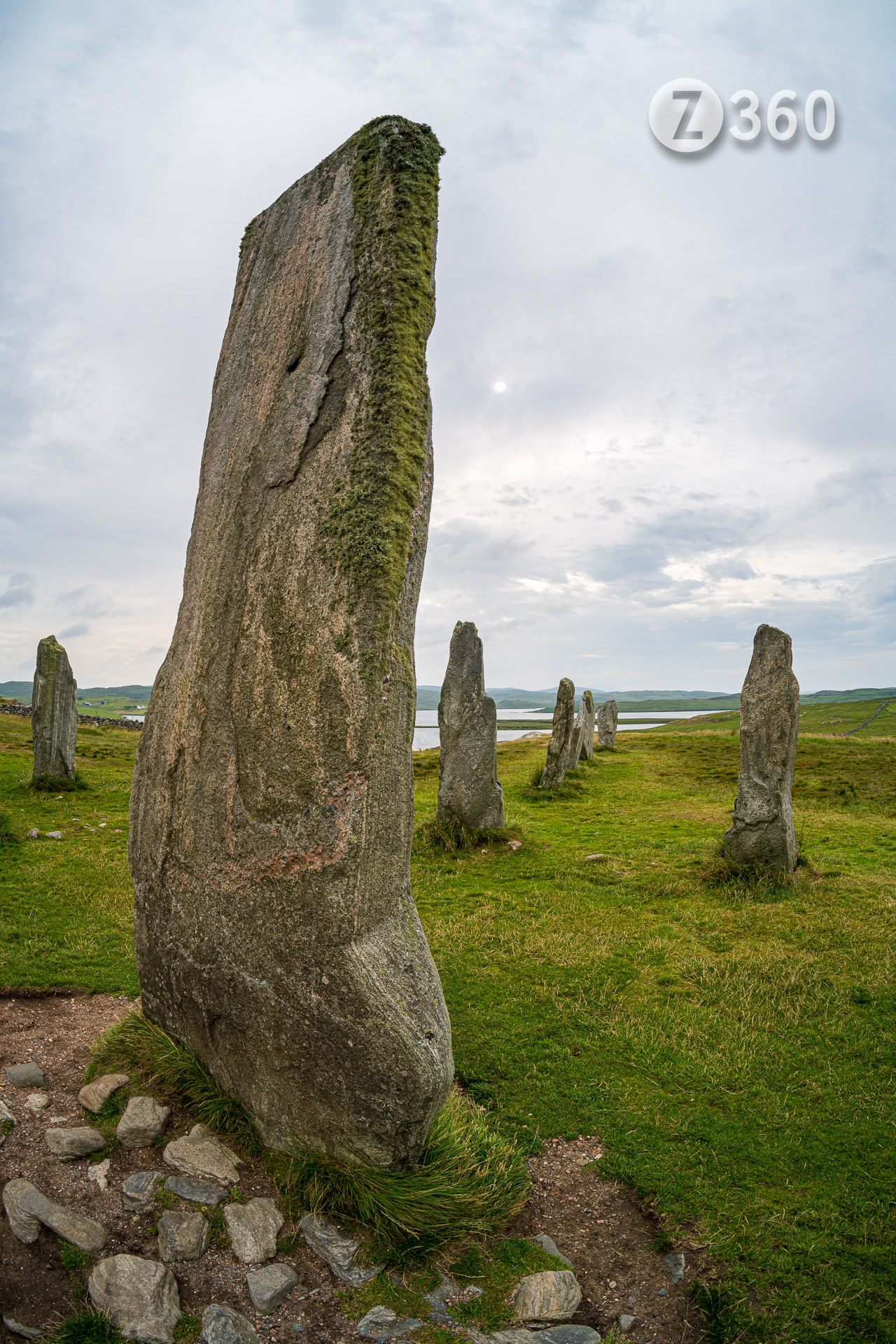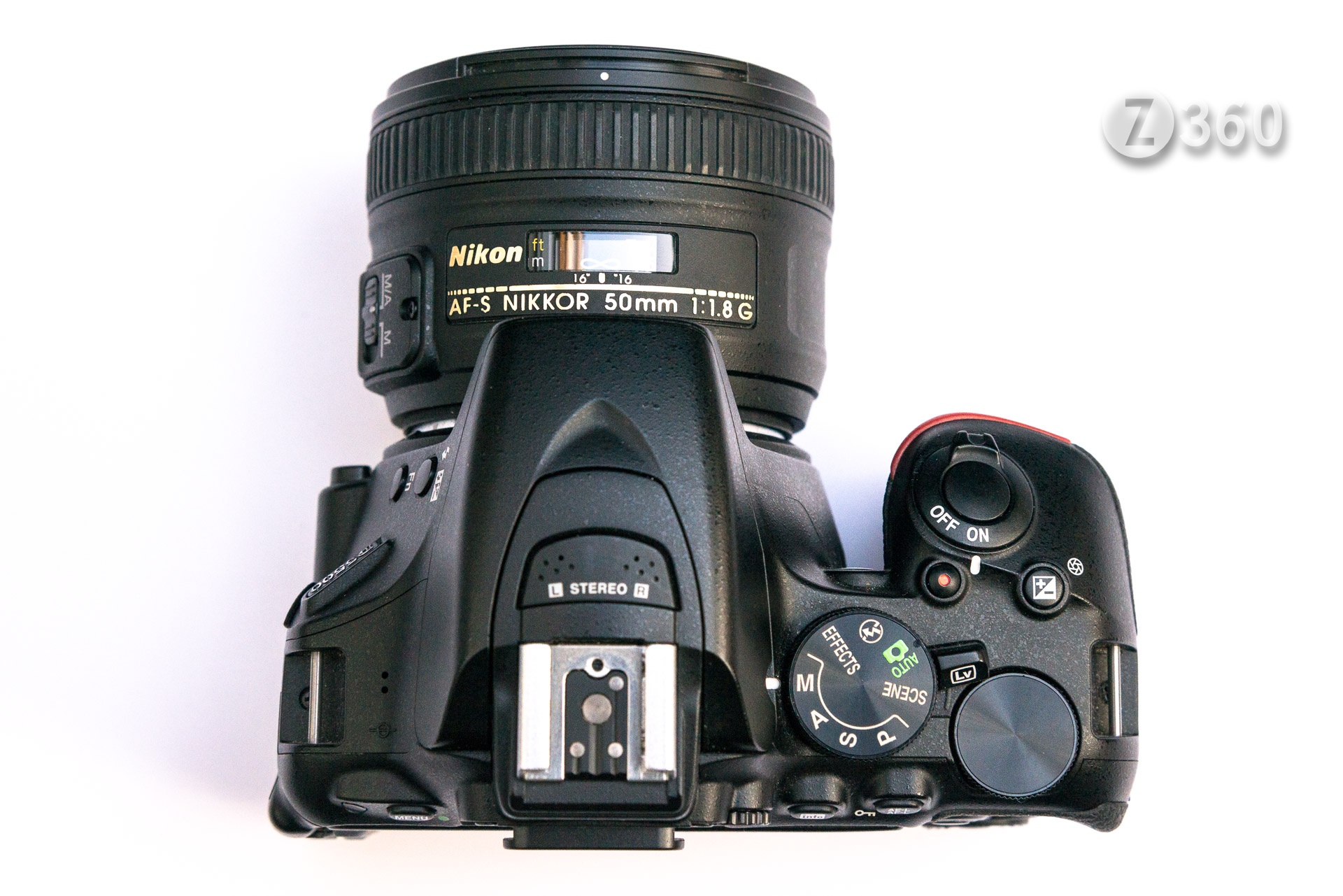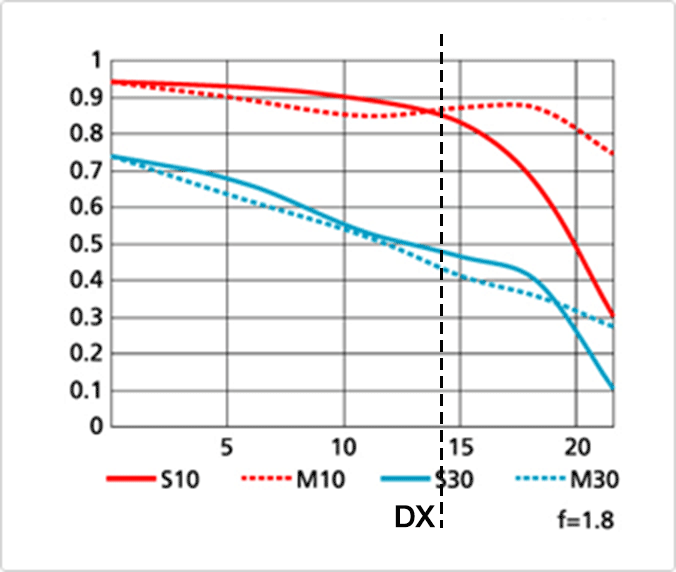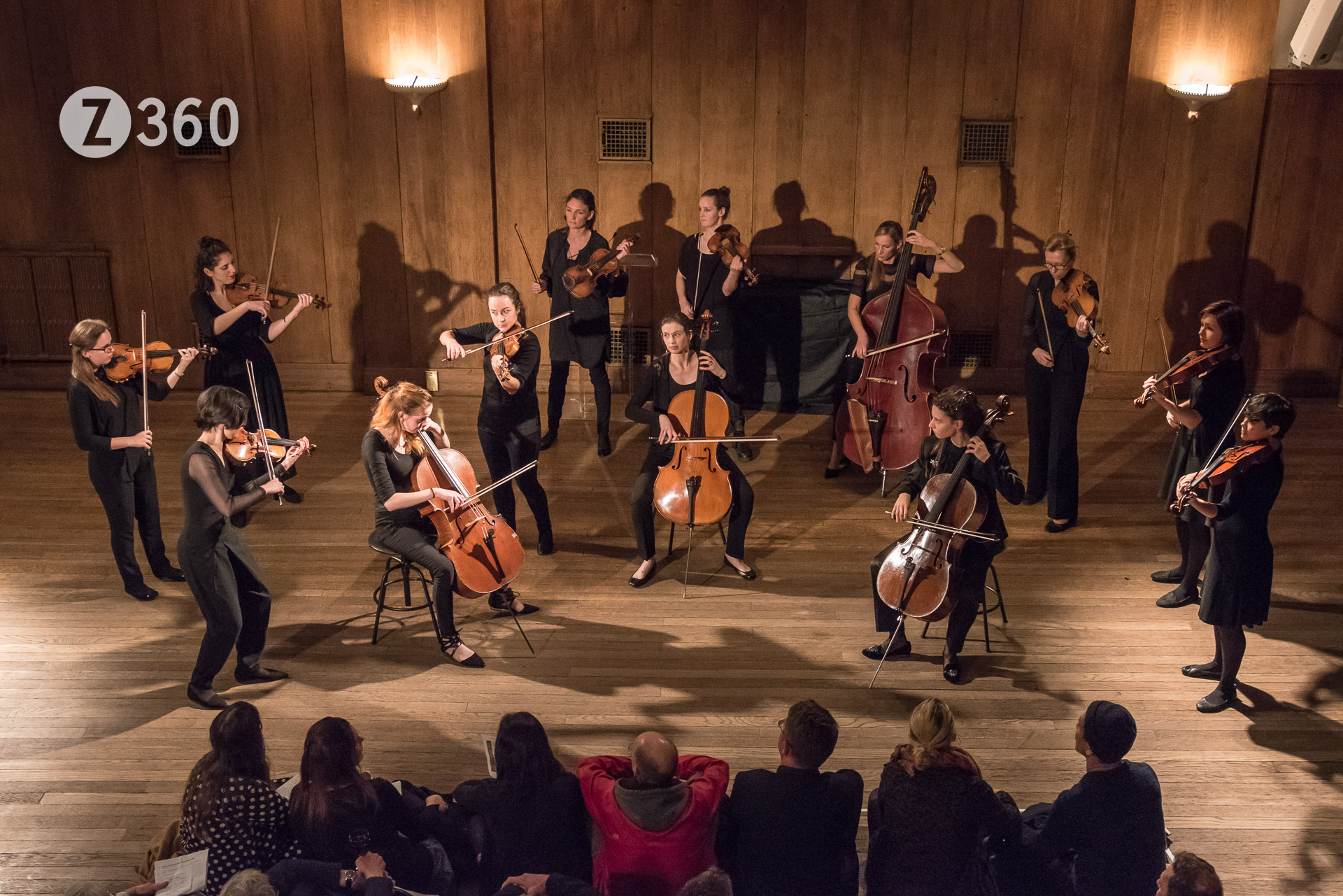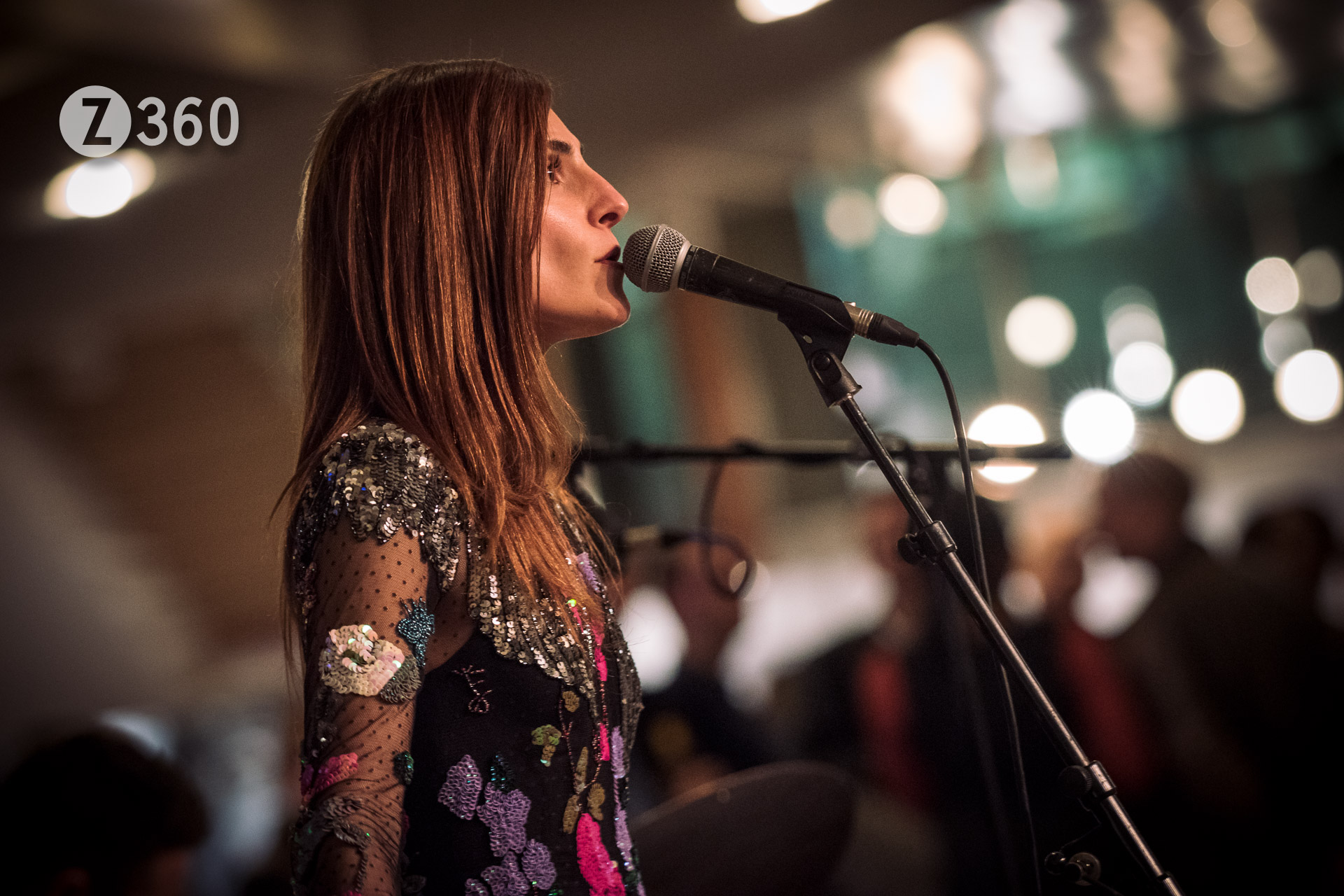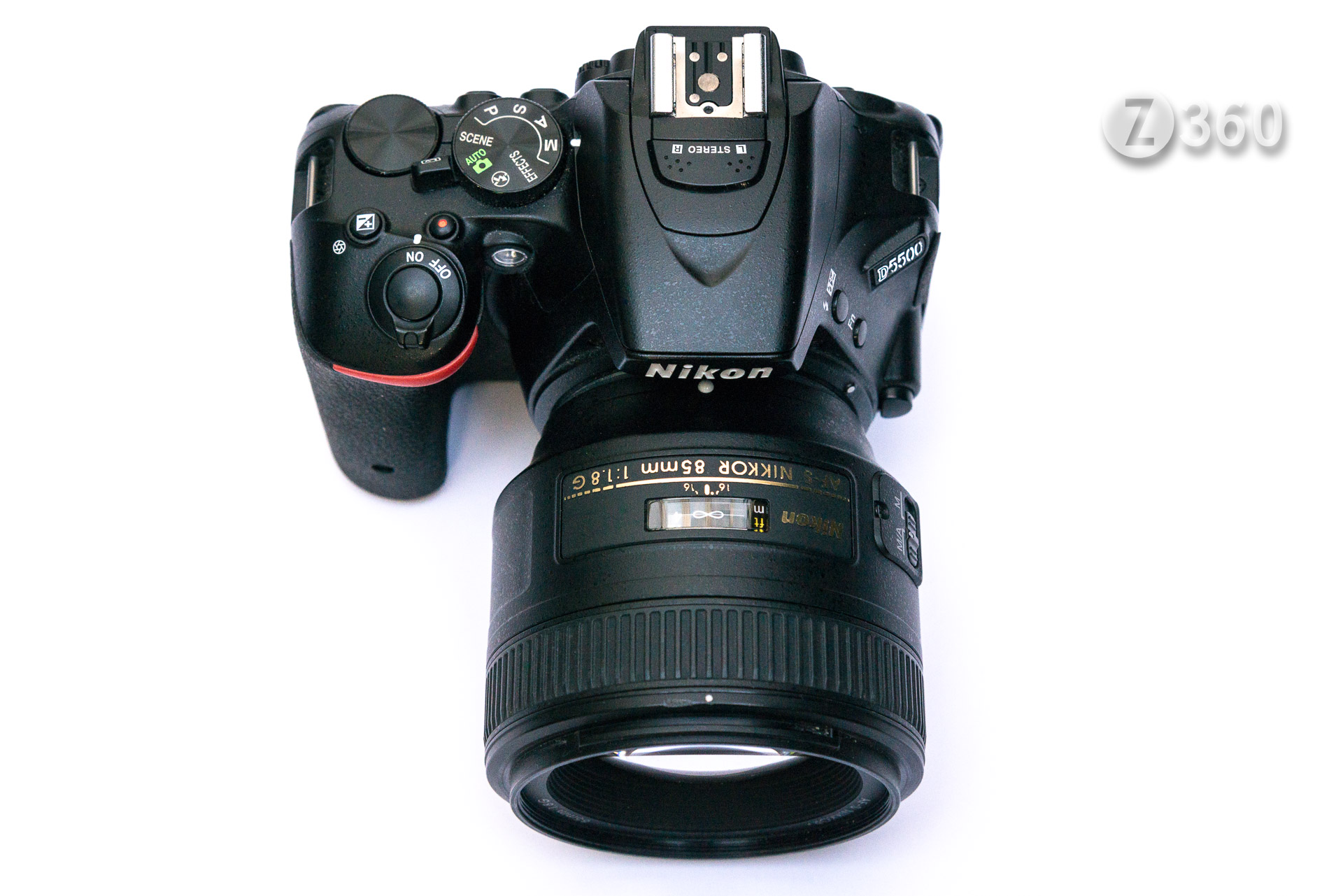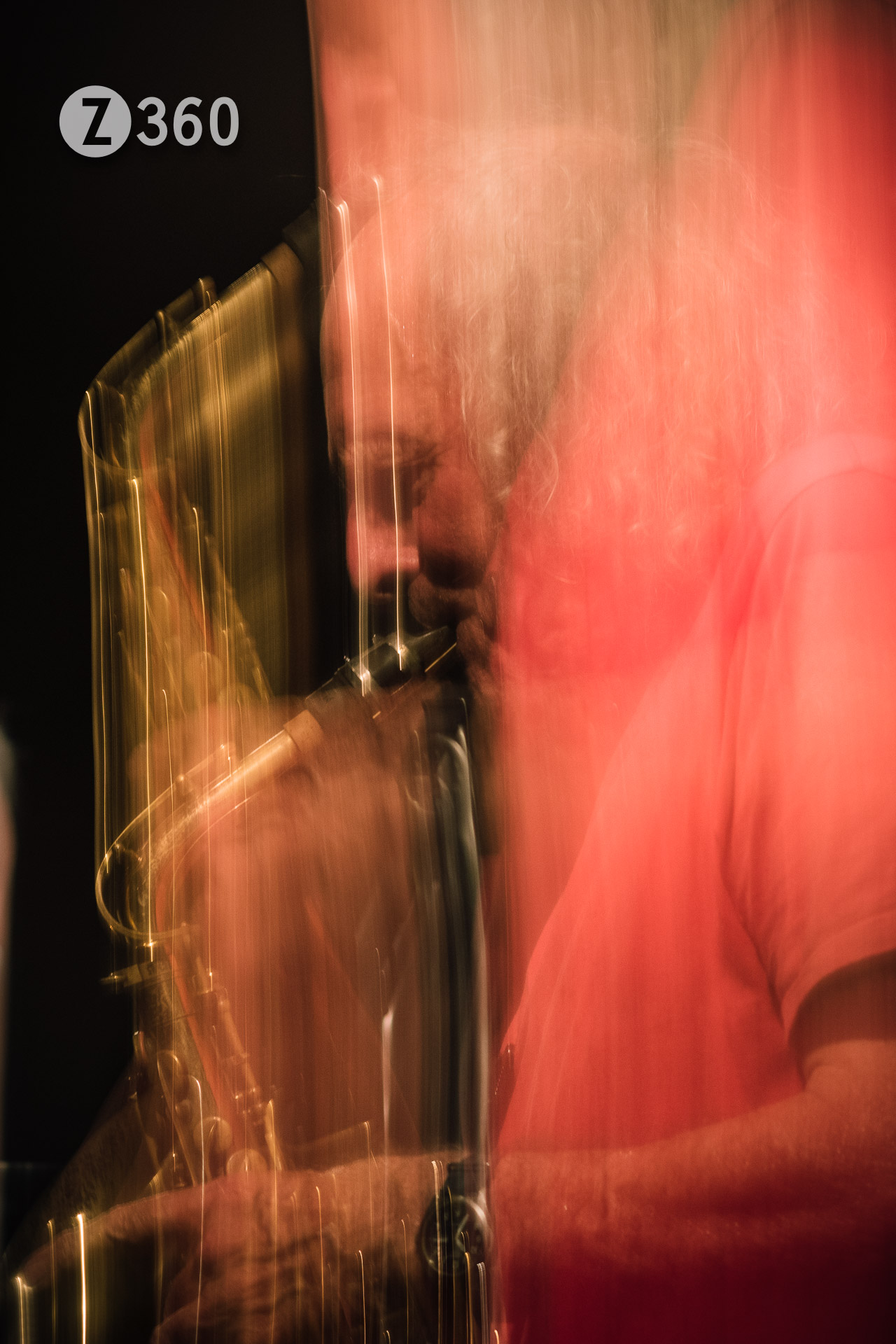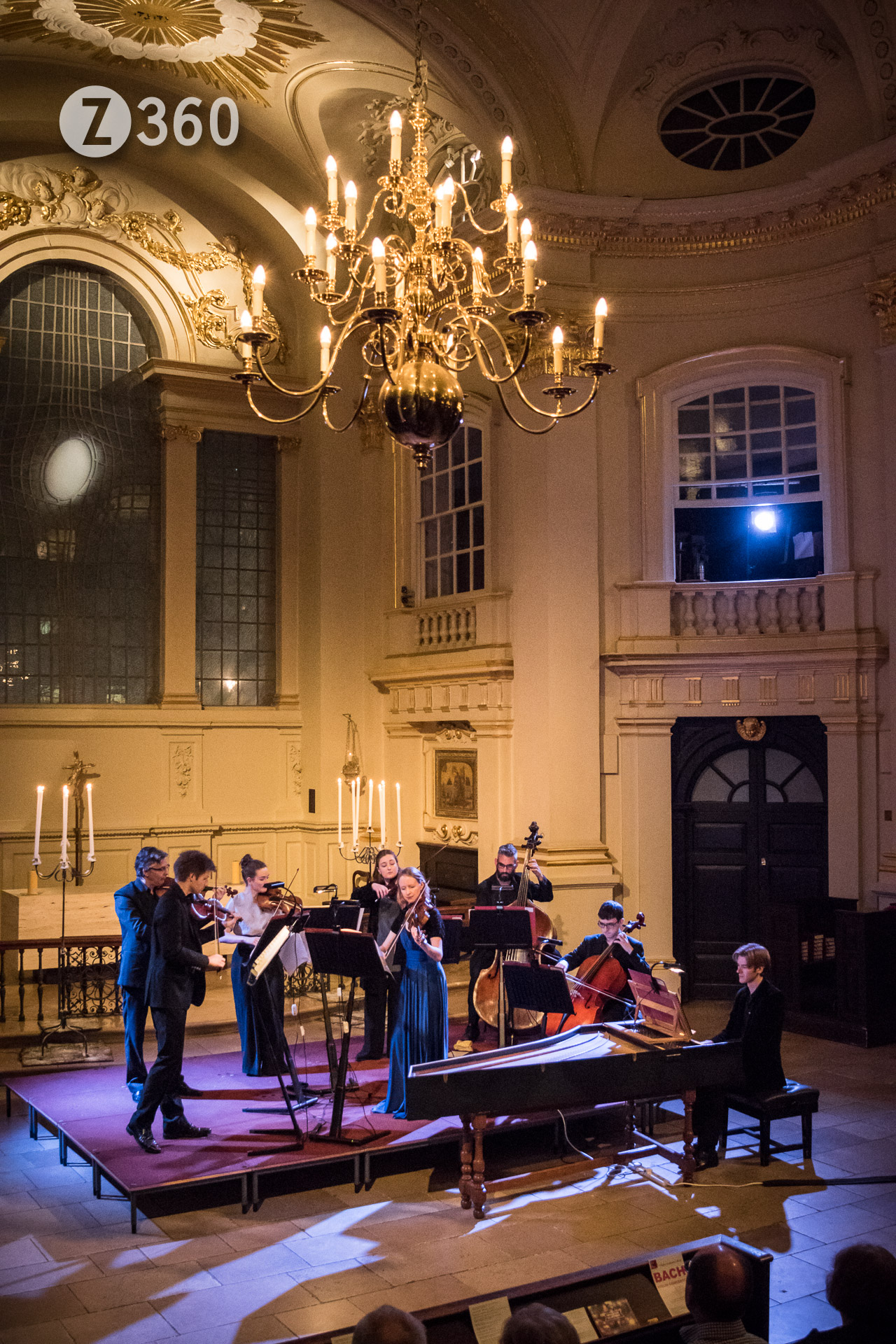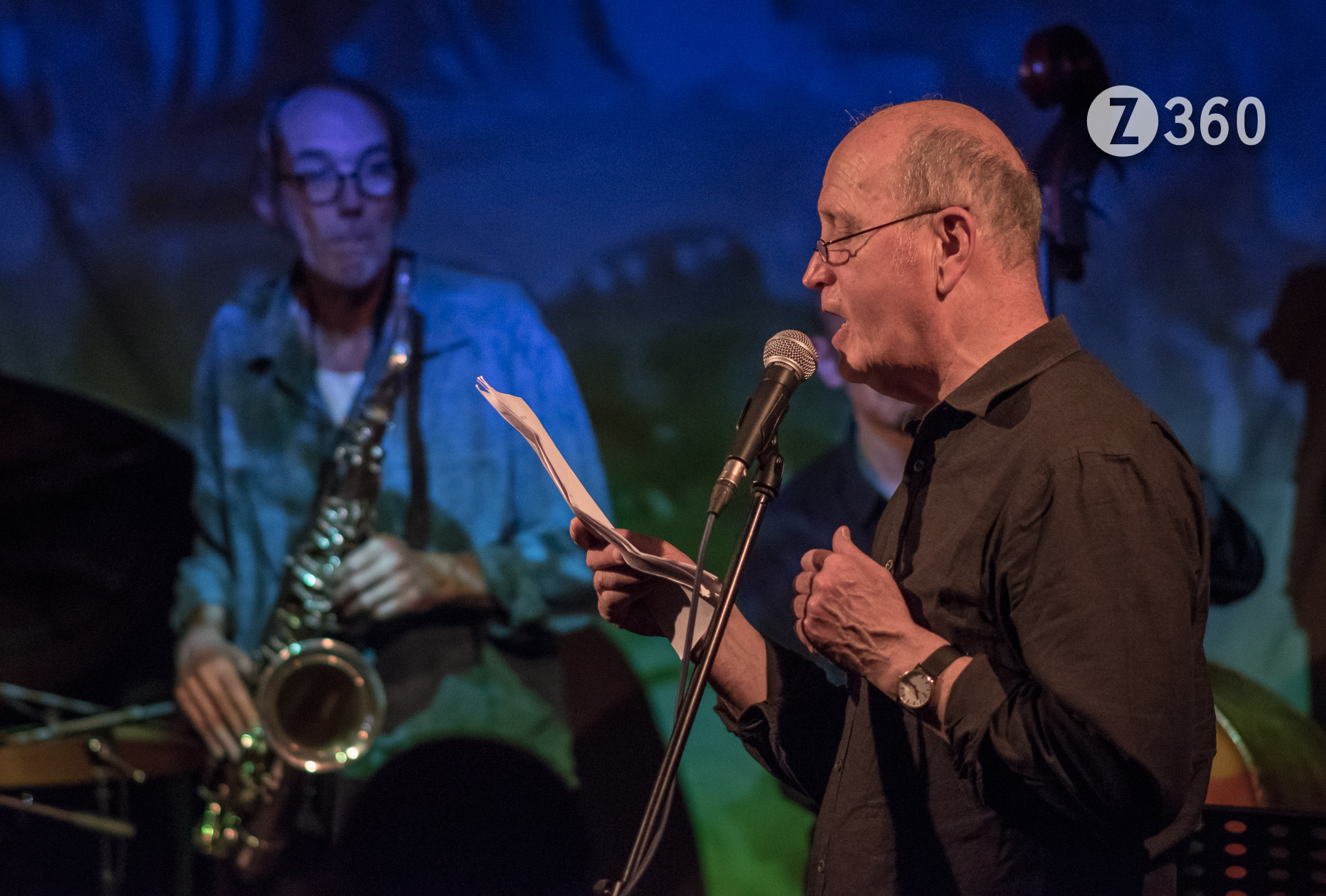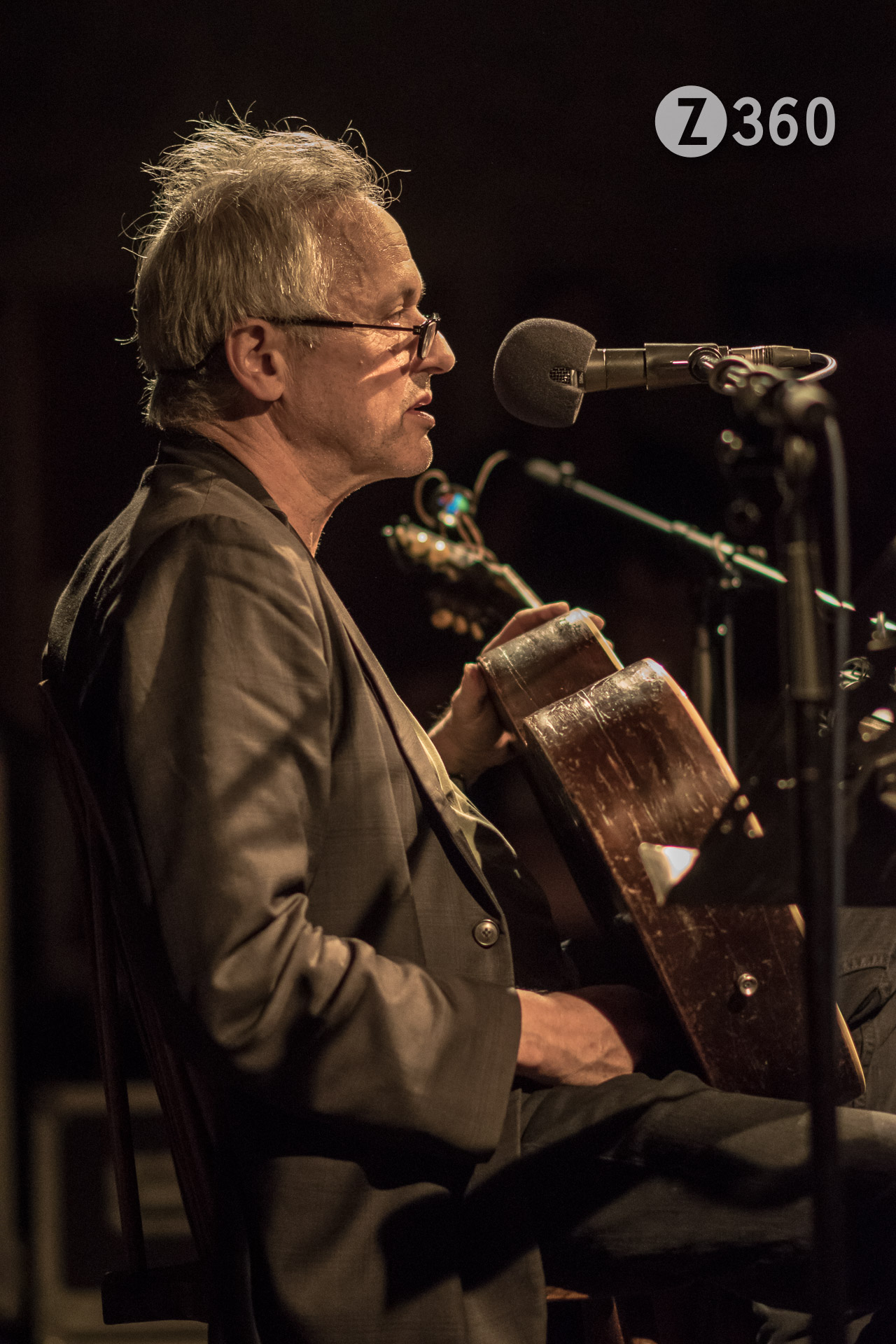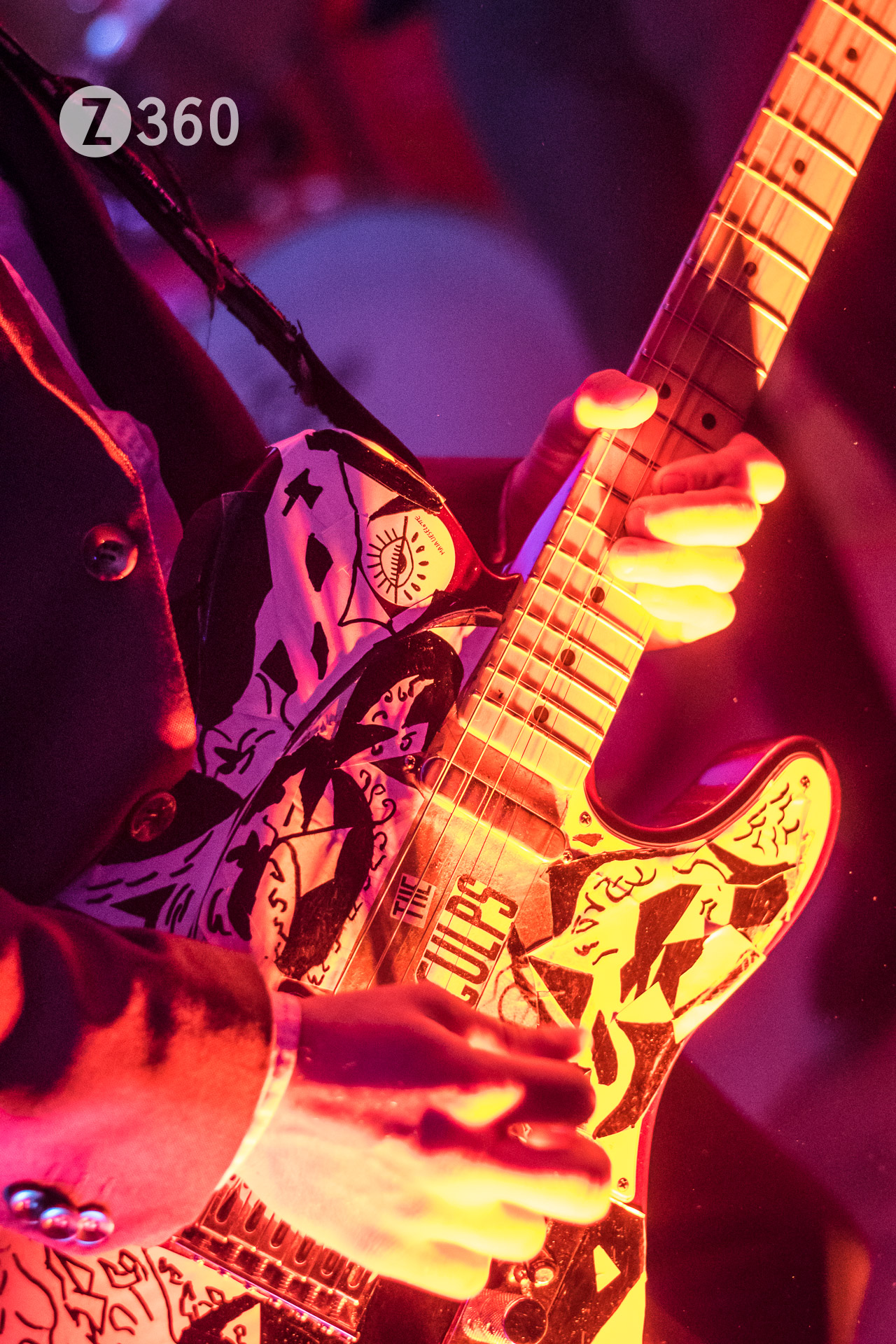So what are the advantages you may ask. Quite simply the most important reason for me was to have access to 4K video, so that my cameras could compete with my iPhone. Now that I have a Nikon Z7 and Z50 I have found a plethora of other reasons for the upgrade. When I saw the the power of 4K video on my iPhone XS , it was apparent my old Nikon D800 was simply outclassed by the new computational video options in my iPhone.
However this iPhone has only one usable lens (the telephoto is lower quality, although I hear they have improved), and I found this very limiting. Now I have access to lenses from 7.5mm to 500mm, lots of options. Not only that, but due to the short flange distance, many vintage lenses can now be easily used with an adaptor. Talking of adaptors, the Nikon FTZ adaptor for G lenses works very well retaining full AF. However it is very bulky with a large box sticking out below the camera, which I find quite annoying, both for tripod and handheld use. (Update: There is now a version without the large bump). If you are using an old lens without AF, I recommend using a dumb circular adaptor. As for Z lenses, the new Nikon S lenses are indeed of spectacular quality, if rather expensive. Much better value and more entertaining are the third party Chinese lenses from Pergear, TTAritisan, 7 Artisans, Laowa and Meike among others. I have bought several of these metal manual focus lenses, in particularly fisheyes and wide angles, and optically they are excellent performers. In particularly my TTArtisan 11mm f2.8 fisheye was a lot sharper than my old faithful, the Nikon 16mm f2.8 fisheye, much to my surprise. The edge performance was a league above, although 11mm seems a misnomer, having a nearly identical 180º field of view to the Nikon 16mm. There are now some Chinese AF lenses from Viltrox, at least half the price of the Nikons, which have been well reviewed.
So much for the lenses, the real surprise was actual usage. For 30 years I have only used my cameras in full manual, locked ISO, spinning the speed and aperture dials as necessary. Now I have discovered the power of Auto ISO (still available in Manual), and am already getting lazy. With the power of dual gain sensors it does not make much difference to noise and quality when shooting in Raw whether the ISO is 100 or 10000. I am aware that for full quality I should be below ISO 400, but can you tell the difference? Anyway the speed of use, once fully set up, allows me to nearly shoot at random. The amount of information in the electronic viewfinder (which takes some getting used to) is highly informative and can be rapidly changed. The peaking function is invaluable for manual lenses. I trust the AF and exposure (-1/3) and of course all the pictures are now free.The latest sensors are amazing, I remember never shooting above ISO 800 on my Nikon D200. Meanwhile these cameras are truly optimised for video, the focus no longer jumps or hunts, aperture changes proceed as if click-less, even changing shutter speed is done smoothly. In addition you have the speed and flexibility of a touch screen, articulated monitor and best of all, silence. A minor annoyance are touch buttons on the Z50 monitor, often accidentally touched by my nose since I am left eye dominant. They have moved them on the similar spec Nikon Zfc. The autofocus is great, with a few confusing options, wide area-s seems to suit me. Mirrorless cameras tend to use more battery and require attention since while the camera is on the monitor is on, which has caught me out a few times. Always switch off when not using and it easily takes hundreds of shots and an hour of video (with a restart). One advantage is that they can be recharged via USB without the mains adaptor.
In conclusion everything feels quiet, smooth and light, that’s all good. Do they take better photos than my old D800? Perhaps, but the benefit is really apparent in the sparkling video, tracking autofocus and flexibility of use.

